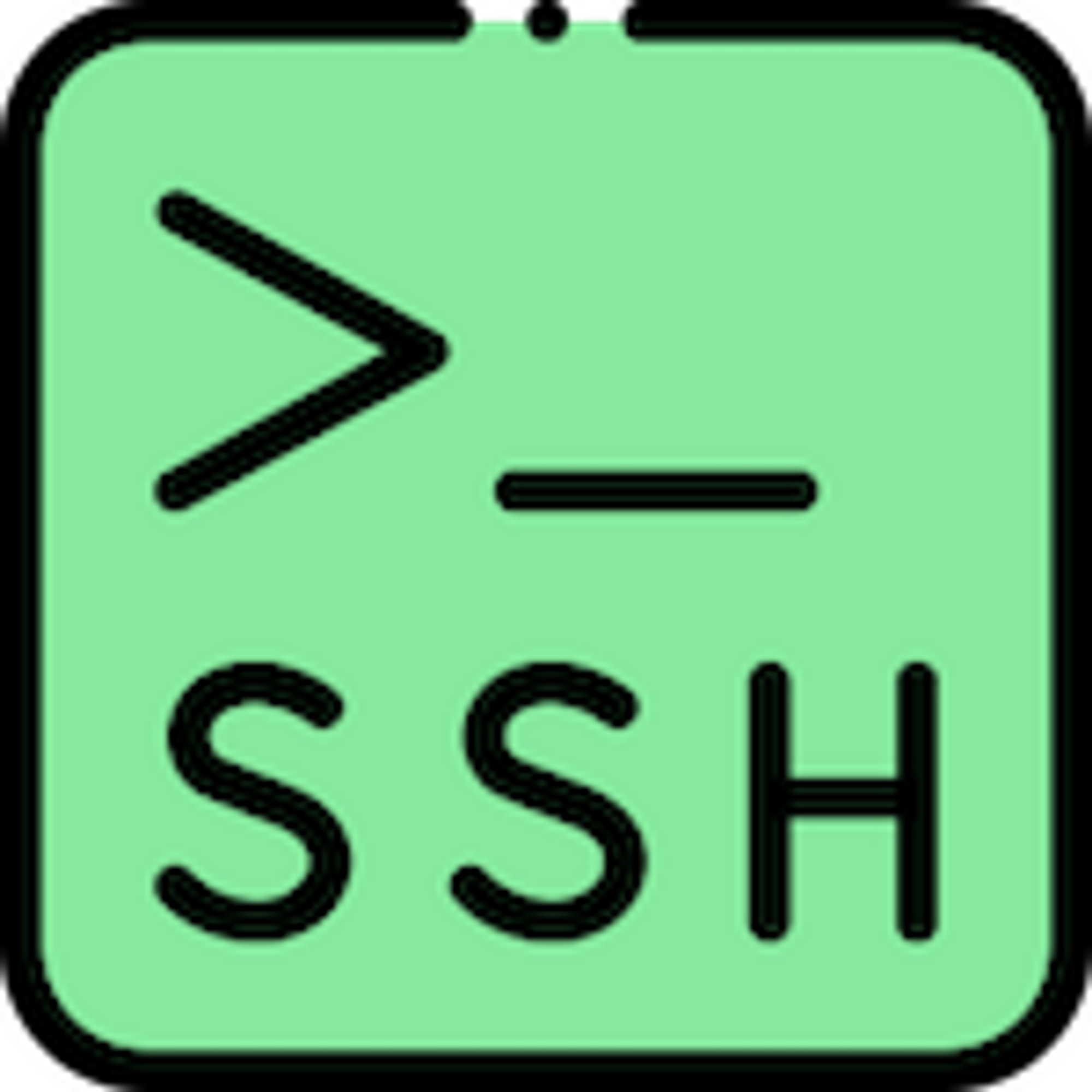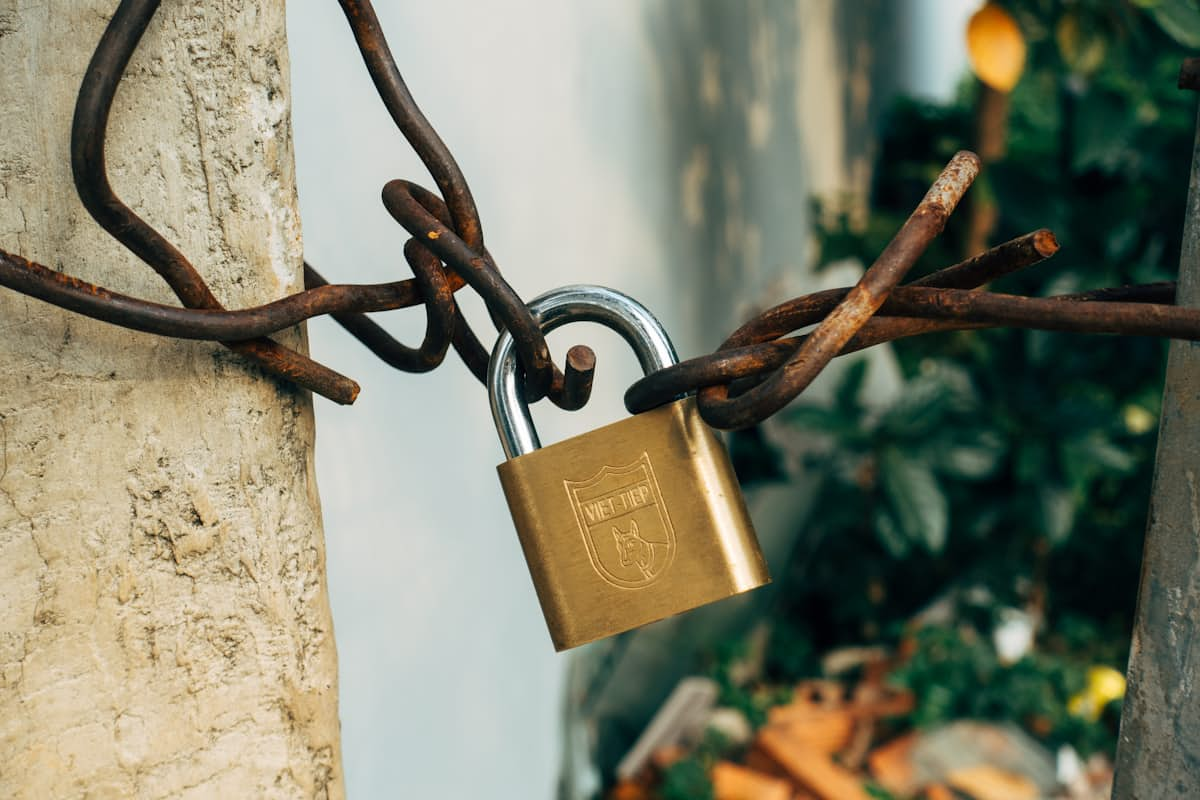Generate SSH key-pair
This is done on local machine by running
ssh-keygen -t rsa -b 4096 -C "[email protected]"This command prompts for passphrase, create one if wanted or leave empty.
When done, a file is created with the name
id_rsa.pub in the .ssh folder in home directory/Users/USER/.ssh/id_rsa.pubFile contents can be viewed through Nano, Vim, or VSCode (if installed on local system and added to PATH)
code /Users/USER/.ssh/id_rsa.pub
# OR
vim /Users/USER/.ssh/id_rsa.pub
# OR
nano /Users/USER/.ssh/id_rsa.pubThe key can be viewed there and copied to the remote machine.
Copying the Public Key to Remote Machine
The easiest way of copying this key to a remote machine is by running
ssh-copy-id [email protected]root is the username on remote machine and 1.2.3.4 is its IP address.This should copy the key to the remote machine and set up password-less authentication and you’re ready to go.
Disabling SSH Password Authentication (Optional)
For an extra layer of security and to stop brute-force attacks on server. Password authentication can be disabled
The following file can be edited on the remote machine with any text editor
nano /etc/ssh/sshd_configThe following directives should be changed to these values
PasswordAuthentication no
ChallengeResponseAuthentication no
UsePAM noThen restart SSH service
sudo systemctl restart sshAnd we’re done!



Loading Comments...